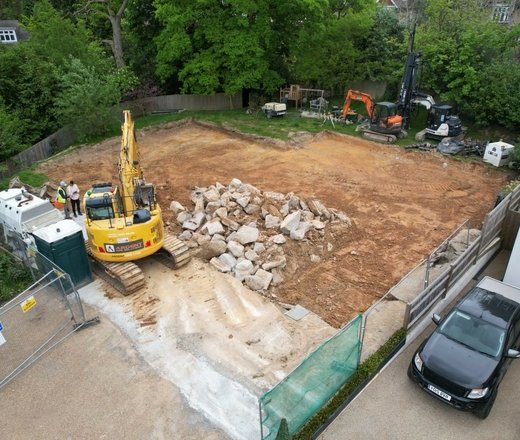Making Tax Digital (MTD) is an important government initiative to transform how people and businesses keep financial records and report tax-related data to HMRC. This system is being introduced to help make tax reporting more efficient and easier for taxpayers to fulfil their obligations.
As this new way of reporting income for tax purposes comes in, it is essential for landlords to fully understand the process and what it means for them. Below James Richards, Partner at Maddisons Residential, shares an insight into what landlords can expect once the system has been implemented.
Moving to MTD
The MTD initiative was originally launched in 2019 for businesses that pay VAT and have an annual turnover of £85,000 but this year, it has been extended to include all VAT registered businesses. However, to help those affected by the cost-of-living crisis, the MTD system will not come into effect until April 2026, meaning many landlords and self-employed individuals using self-assessment for their tax returns will have a little longer to move to the MTD system. It is also worth noting that the changes apply to those whose income is over £10,000 per year. If your rental income is below £10,000 and is your sole income, then you do not need to move to MTD and can continue using self-assessment for tax liabilities.
What you can expect from the initiative
Previously, landlords had to submit annual tax returns by sending a paper version by post to HMRC directly or electronically via their Government Gateway account. However, with the new MTD system, all transactions will be recorded digitally, and quarterly returns must be submitted using specific MTD software which will electronically link bookkeeping records into HMRC’s MTD computers.
By 31 January, following the end of each tax year, you will use your software to provide an end-of-period statement (EPOS) with details of your property income and expenses. If you have any other businesses, you will also have to provide an EPOS. 31 January is the deadline for paying tax andnational insurance.
What are the benefits of MTD for landlords?
It’s believed that MTD will help landlords avoid making common mistakes with taxes and help them save time when it comes to managing their tax affairs. By keeping digital records and submitting your figures more frequently, it will be easier to keep track of upcoming tax liabilities, therefore making it easier to budget. It will also save HMRC money, it’s estimated that the current process (including tax errors) costs them approximately £10 billion every year!
What if you own multiple properties?
If you haveproperty income from two or more properties, you do not need to register each one separately for the MTD program, as all your income will be submitted in one. However, for your purposes, it is probably still a good idea to maintain individual records for each property you own for any future decisions and plans.
A points system is being introduced for late payments
Taxpayers will no longer receive an automatic penalty for failing to meet a submission obligation due to the point system being brought into effect. Instead, a point will incur for each failure as follows:
- There will be no penalty if the outstanding tax is paid within 15 days after the due date
- If the tax is outstanding after 15 days, the first penalty of 2% will be applied
- If, after 31 days the tax is still outstanding, this will increase to 4%
As with all changes, MTD is likely to take some getting used to and thankfully there are a couple more years to receive advice from either your accountant or to investigate fully what you need to do before the deadline in April 2026. More information and support can be found on the HMRC website.
Market your property with Maddisons Residential
For many, the first point in their house moving journey, is to understand the value of their current home. Whether you want a quick, instant, online indication, or a more robust property specific and individual valuation, we would be delighted to help.





